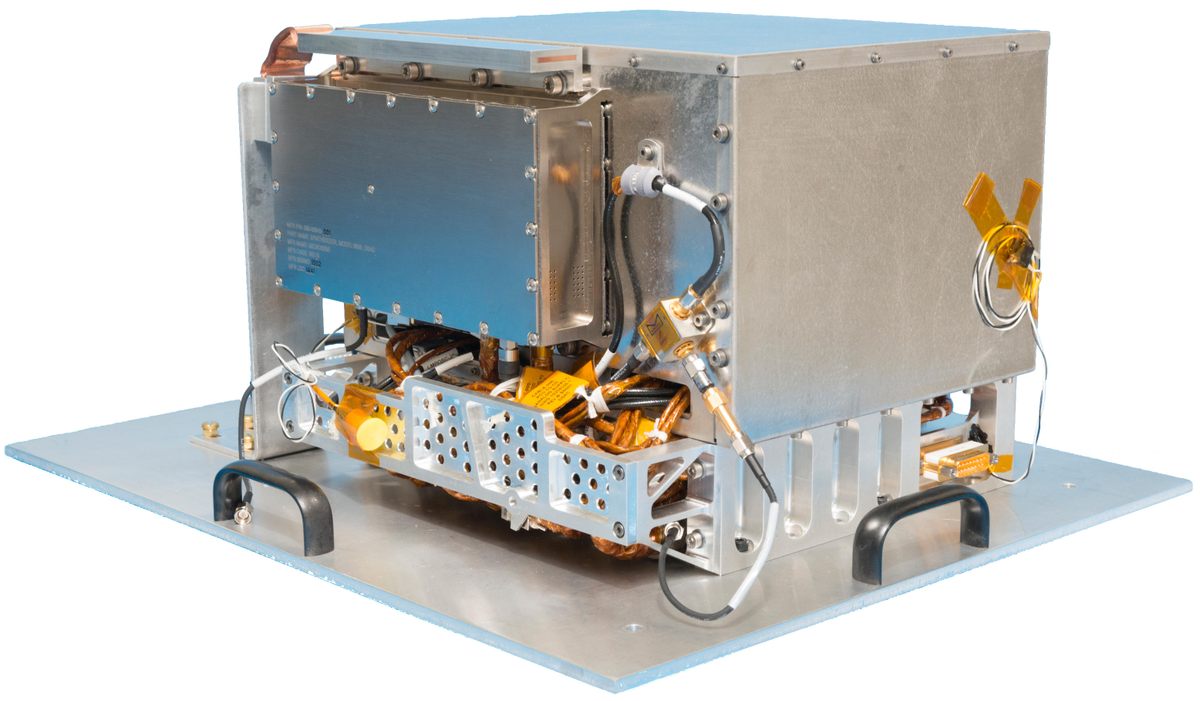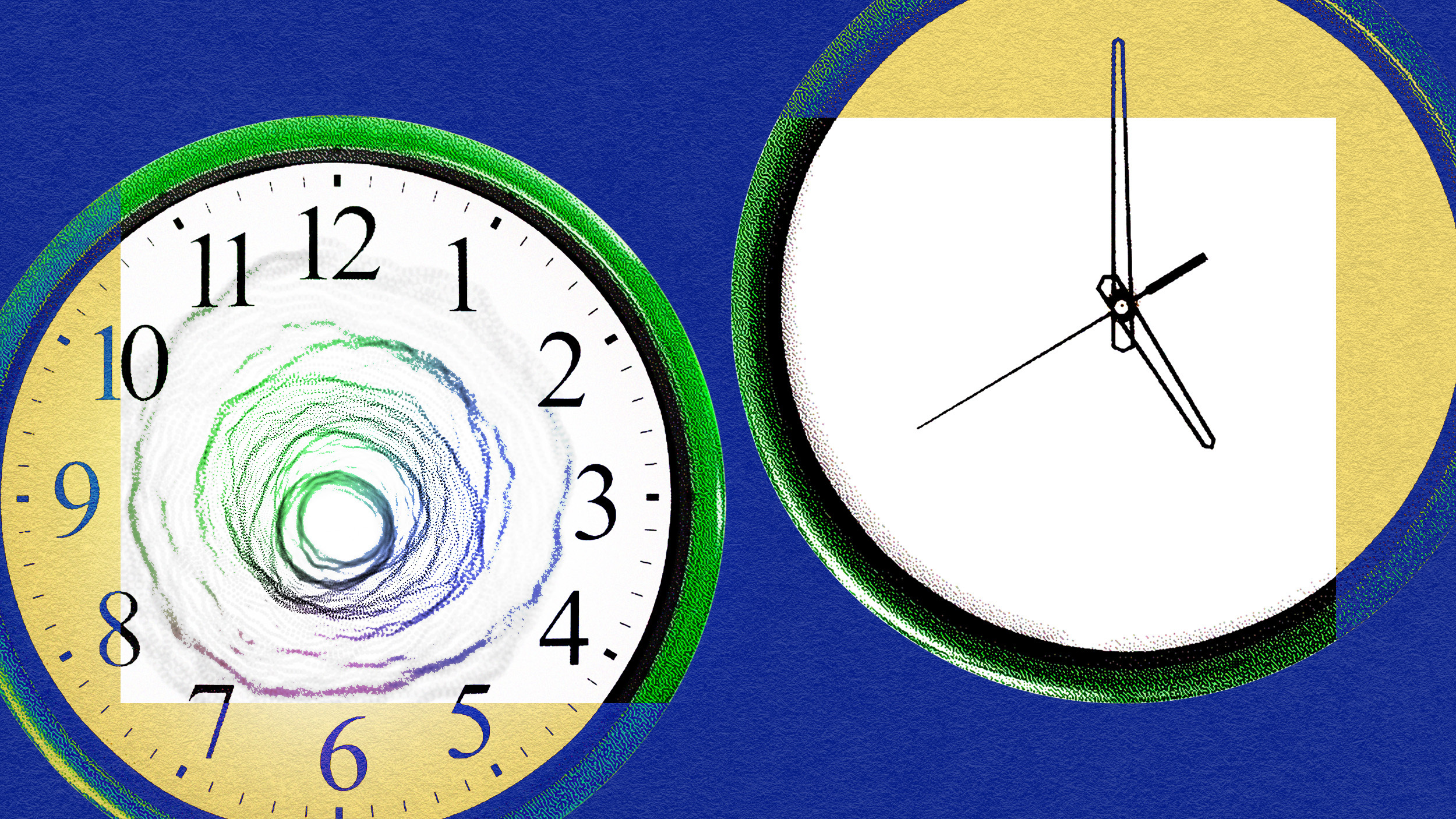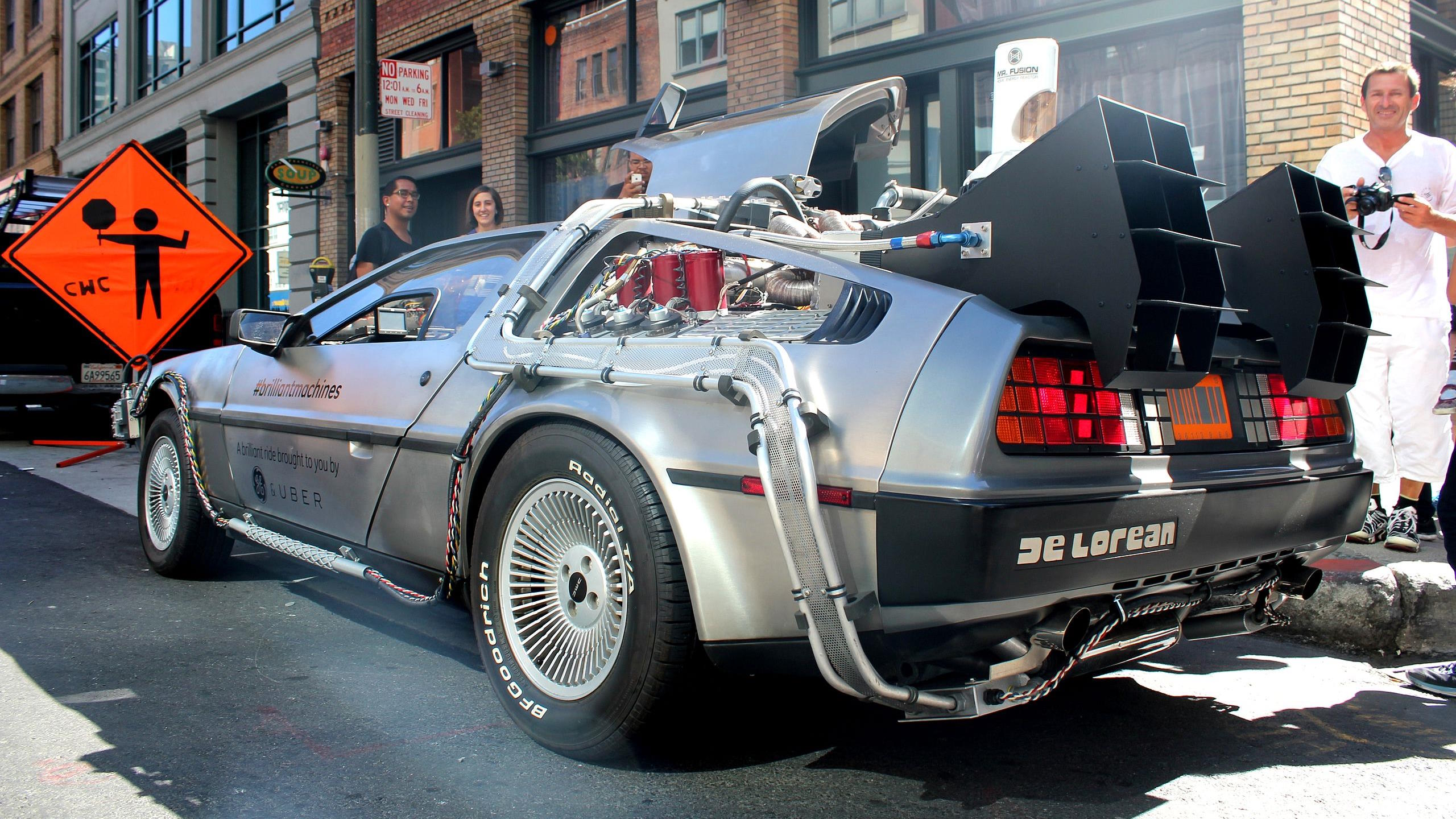Moon time is a thing now—here’s why it matters

On the moon, there is no normal. There is no wind, no rain, no erosion. Nothing flies overhead, and nothing green strains toward the sky. There are no daily rhythms like those we experience on Earth—no chirping of crickets, no sunset breeze. Time itself seems to stop, or at least proceed differently. Even shadows shift on a far different timeline. A lunar day and a lunar night each last two Earth weeks. What’s more, seconds tick by slightly faster than they do on our home world.
Moon time is a meaningful thing to understand, especially as countries and private companies are angling to return to the lunar surface this decade. To understand why Moon time is so strange—and why scientists recently created a new and unique time zone just for the Moon—we have to spend a moment with Einstein.
Among the 20th century’s greatest discoveries were Einstein’s two theories of relativity. General relativity says that gravity is a warping of space and time, rather than mutual attraction between objects. Special relativity explains how different places in the universe perceive time and space differently; time seems to move more slowly in a larger gravitational field, relative to a lower gravity environment. And a clock moving through space ticks more slowly than a stationary one. In the Hollywood interpretation of these theories, a character traveling in space for a long time, or under the gravitational influence of a black hole or other very large object, will age much more slowly than his loved ones on Earth.
Even outside of movies like Interstellar, it’s true that time does not flow uniformly in the universe. GPS satellites have to account for it in order to work. So every time you get directions on your smartphone, you experience the practical effects of special relativity.
In fact, all navigation is really about time. We invented longitude for this reason.
To find out where you are, you need latitude and longitude. Latitude is easy: You can measure your location in relation to the equator or the poles—how far north or south you are—using the stars or Earth’s own magnetic field. But longitude—how far east or west you are—is essentially made up. First, we needed to invent a prime meridian, an imaginary line drawn from pole to pole along the planet’s surface. Then, for navigation, you need to figure out where you are relative to that fixed line. The simplest way to do this is to use a time scale that is the same at both locations. So longitude is really about clocks.
Timekeeping, the way we do it now, is as much about making sure you show up at the right place as the right time.
This is also true for GPS. Every satellite in a GPS constellation carries a super-precise atomic clock. These clocks measure seconds not according to the arc of the Sun across the sky, as our ancestors did, but according to the movement of an atom, usually of the element cesium, which wiggles at a reliable rate. Each satellite’s internal clock of wiggling atoms is synced to a standard time reference. GPS satellites bounce signals to their receivers—say, your smartphone—and during that process measure the time, or the amount of atomic wiggling, it takes for the signals to reach the receivers.

Time dilates, or slows, at the satellites because they experience lower gravity than the receivers on Earth, and because they’re speeding around us at hundreds of miles per hour (remember that a moving clock ticks more slowly than one that’s stationary). Clocks on the satellites fall behind clocks on Earth by about 7 microseconds per day, but the receivers are programmed before launch to account for the tiny changes in time. Taken together, the set of GPS signals sent from the satellites and their built-in corrections can determine a receiver’s position and its local time.
But we can’t just port this system over to the Moon. Clocks on the lunar surface actually tick faster than Earth clocks by almost 58 microseconds per day. It’s not much in a given day, but over the months it will add up, and it’s enough to disrupt the precise timing of GPS.
Precise navigation is increasingly important on the Moon, as astronauts from various countries and private companies seek to get back up there. Spacecraft landings must be precisely timed, to avoid dangerous terrain but also to avoid interfering with eventual lunar infrastructure. Astronauts need to pinpoint exact locations—maybe of an interesting rock, maybe of the right place to look for water in what will be the most futuristic version of X marking the spot.
While a clock on the Moon will tick faster than a clock on Earth, it is not as simple as measuring the offset, either, the way GPS satellites do. Earth’s gravity also affects the Moon—that’s why it is still our Moon, after all, and hasn’t wandered off to orbit something else. The Sun’s gravity gets in the way, too. To fix all this, scientists at the National Institutes of Standards and Technology recently devised a new coordinated Moon time, which will serve as a standard reference for any location on the Moon. Moon time can be checked against a standard Coordinated Lunar Time, the way we use Coordinated Universal Time (formerly called Greenwich Mean Time) to figure out our time zones.
“It’s like having the entire Moon synchronized to one ‘time zone’ adjusted for the Moon’s gravity, rather than having clocks gradually drift out of sync with Earth’s time,” NIST physicist Bijunath Patla said in a statement earlier this month.
The physicists say their efforts to develop Coordinated Lunar Time could be applied to other places in the solar system, simply by adapting the clock system for any other world’s gravity. It’s about time.
Wondersky columnist Rebecca Boyle is the author of Our Moon: How Earth’s Celestial Companion Transformed the Planet, Guided Evolution, and Made Us Who We Are (January 2024, Random House).
This article originally appeared on Atlas Obscura, the definitive guide to the world’s hidden wonder. Sign up for Atlas Obscura’s newsletter.





